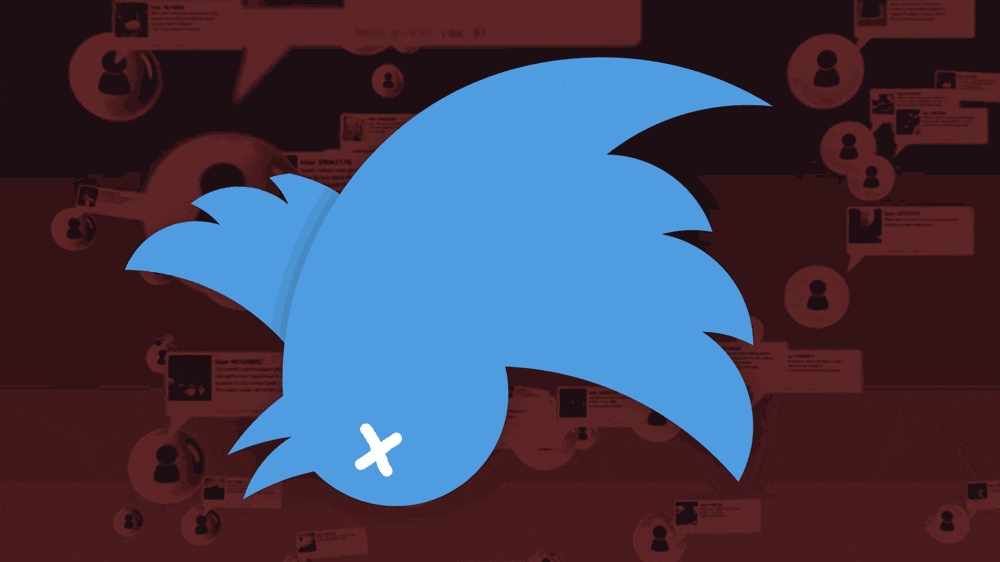On Friday, an entrepreneur named Andy Coravos tweeted a screenshot of an article claiming that Instagram doctors its feed of likes to keep users more engaged.
“Instagram strategically *withholds* ‘likes’ from users that they believe might disengage hoping they’ll be disappointed and recheck the app?! Harvesting painful insecurities. This is so messed up,” she said.
The tweet went viral, quickly racking up more than 5,000 retweets.
ADVERTISEMENT
For those who have become wary of social media’s effect on our lives or view social media platforms as inherently problematic, the idea that Instagram was somehow withholding likes from users in order to prey on them for engagement was easy to believe.
There’s just one problem: It’s not even remotely true.
The tweet was proven false almost immediately, and countless users tweeted at Coravos to correct her statement.
Instagram’s co-founder and Chief Technology Officer Mike Krieger even weighed in and replied to Coravos. “To be super clear, we don’t do this,” he said, before giving Coravos a full technical explanation on how Instagram does not withhold likes.
But Coravos, like so many Twitter users who spread false information, refused to delete her tweet.
After being confronted with the fact that her original tweet was misleading, she said, “Given the new information, there should be mechanism to ‘recall’ the original Tweet to stop the spread. I don’t believe in deleting tweets. You should be able to examine its history/context. Newspapers have a way to make ‘corrections’; Twitter should, too,” she said.
It’s all well and good to start some high-minded debate about Twitter’s product roadmap and whether tweets should have an edit button—that conversation has been going on for years—but theoretical discussions about edit buttons or tweet history don’t stop the spread of false information, deleting your tweet does.
Sending a follow-up tweet or “correction” threaded to your original tweet is also insufficient. No one will see, much less retweet, the reply, and the original viral tweet will continue to spread on its own. Meanwhile the user who shared the false information basks in a flood of retweets and favs.
For users who send out false information on Twitter, there is only one way to truly correct the record and the first step is to delete their original tweet. Allowing a false tweet to stand is proactively facilitating its ability to spread.
As venture capitalist Benedict Evans noted on Twitter, “Leaving up a wrong tweet that’s going viral isn’t so much preserving the record as it is continuing to broadcast the false statement.”
Twitter is a unique platform in that each tweet functions as a unique, non-editable unit of content. Every tweet exists in the vacuum of the platform and can only be shared individually.
Recently, Twitter has taken steps to promote threads, but there’s no way to link to a complete thread as a whole or force everyone who sees a particular viral tweet to see the “follow-up” or “correction” that was issued as a separate piece of content aka tweet.
If a user truly wants to correct the record the best method is to screenshot the offending tweet, delete it, issue a new tweet explaining that the information was false, and attach a screenshot of the original tweet for context. It should look like this:

Unfortunately, most Twitter users spreading false information will never do this because they are either willfully pushing an agenda via fake news or don’t want to sacrifice their ill-gotten retweets and favs.
We’ve seen this with every hurricane shark tweet and piece of fake news tweeted about Barack Obama, Hillary Clinton, President Donald Trump, and more.
Anyone on Twitter knows how addicting it can be to watch the fav and retweet count skyrocket on a particularly fire tweet, but that’s no reason not to remove.
In a follow-up to her original response explaining why she wouldn’t take her tweet down Coravos said, “Deleting the original Tweet does not solve all of the problems. This is a system/product failure. We need a better @Twitter.”
We do need a better Twitter. But in the meantime, delete your tweet.






